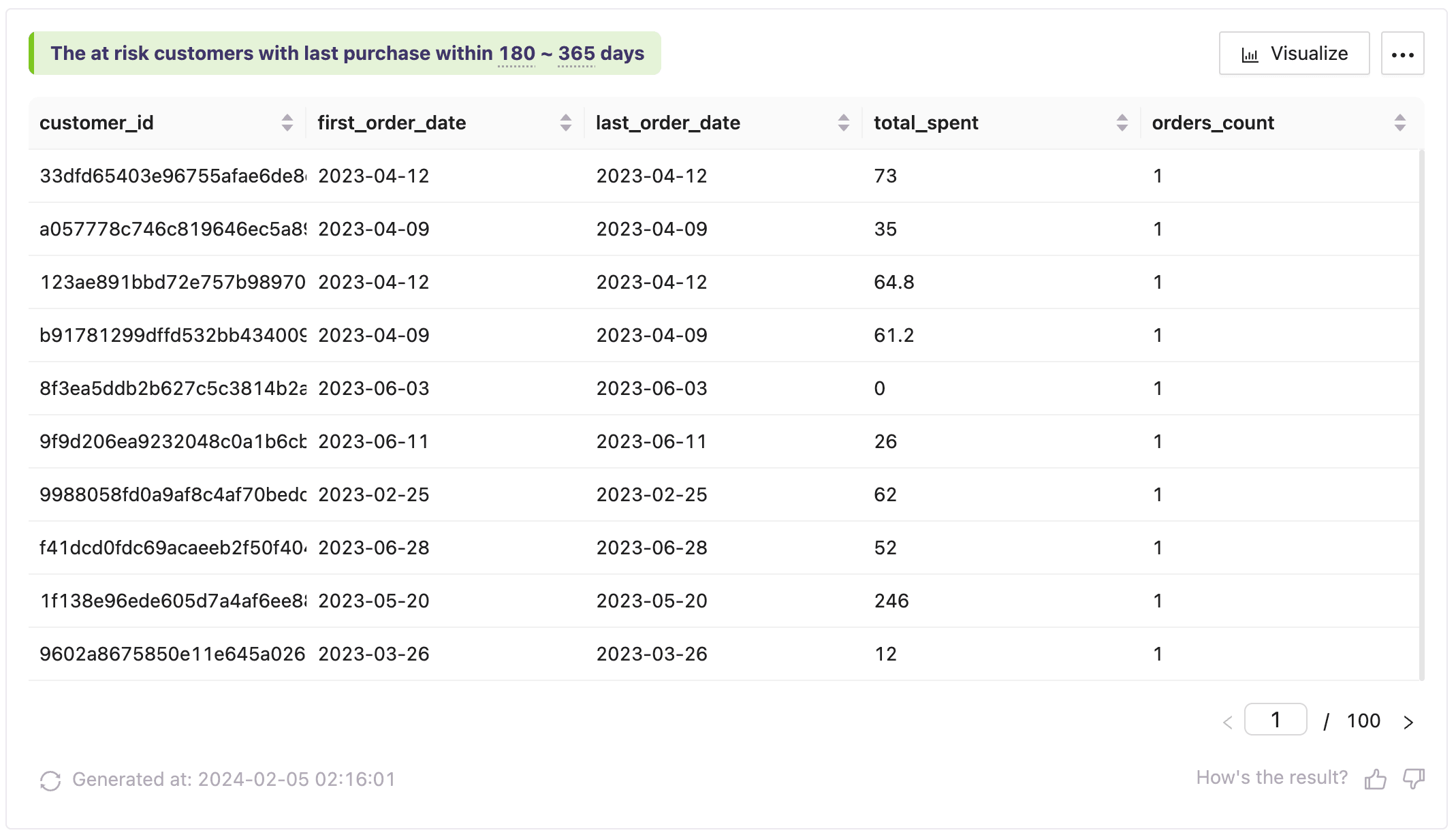Understanding and addressing the needs of at-risk customers is pivotal for sustaining growth and maintaining a robust customer base. These customers, teetering on the edge of departure, present both a challenge and an opportunity for companies aiming to bolster their retention strategies.
What Are At-Risk Customers?
At-risk customers are individuals or entities that exhibit behaviors indicating they may soon leave or reduce engagement with a service or product. These behaviors can range from decreased usage, negative feedback, or complaints, to exploring competitive offerings. Recognizing these customers early on is essential for taking proactive measures to retain their business.
Reasons Behind Customer At-Risk Status
Customers become at-risk due to a variety of reasons, including but not limited to:
- Dissatisfaction with Product or Service: This could be due to unmet expectations, recurring issues, or the perception that the product or service lacks value.
- Poor Customer Experience: Negative experiences with customer service, complicated processes, or unresolved issues can lead to dissatisfaction.
- Competitive Offers: Attractive offerings from competitors might lure customers away, especially if they perceive a better value proposition elsewhere.
- Changing Needs: Customers’ needs evolve over time, and if a product or service no longer aligns with their requirements, they may consider alternatives.
Tracking At-Risk Customers in MagicBean
MagicBean empowers companies to identify customers at risk of churn with precision, facilitating prompt and strategic actions to retain them. By selecting the [At-risk customers] template, businesses can swiftly access insights and implement retention measures.

Are At-Risk Customers Worth Saving?
The short answer is yes. Retaining at-risk customers is often more cost-effective than acquiring new ones. Here are several reasons why:
- Cost of Acquisition vs. Retention: It costs significantly more to acquire a new customer than to retain an existing one.
- Feedback Opportunity: At-risk customers provide valuable feedback that can highlight areas for improvement.
- Revenue Preservation: Retaining customers helps in maintaining revenue and can lead to positive word-of-mouth referrals.
- Customer Lifetime Value: Customers who have had a negative experience but then a positive resolution are often more loyal and have a higher lifetime value.
Strategies for Reducing Churn: An Overview
Reducing churn is paramount for businesses aiming to preserve their customer base and enhance loyalty. The following table outlines key strategies designed to engage at-risk customers, boost their satisfaction, and foster an environment of continuous improvement.
| Strategy | Description | Key Actions |
|---|---|---|
| Personalized Communication | Tailor interactions to meet the specific needs and preferences of customers. | - Utilize data to understand customer preferences.<br>- Conduct regular check-ins to maintain engagement. |
| Improve Customer Service | Ensure the customer service team is capable of resolving issues swiftly and effectively. | - Train staff for quick issue resolution.<br>- Empower representatives to make customer-centric decisions. |
| Offer Incentives | Provide exclusive offers, discounts, or access to loyalty programs as incentives for customers to stay. | - Implement discounts and special offers.<br>- Promote loyalty programs with tangible benefits. |
| Solicit and Act on Feedback | Encourage feedback and use it to inform improvements in products or services. | - Establish multiple feedback channels.<br>- Analyze feedback for actionable insights. |
| Monitor and Adapt | Continuously evaluate the effectiveness of retention strategies and adapt as necessary. | - Track the success of strategies in real-time.<br>- Adjust approaches based on customer response and feedback. |
In conclusion, at-risk customers present both a challenge and an opportunity for businesses. By understanding the reasons behind customer dissatisfaction, tracking at-risk customers effectively, and implementing targeted strategies to address their concerns, companies can not only retain valuable customers but also improve their offerings and customer experience. This proactive approach to customer management can lead to increased loyalty, reduced churn, and sustained business growth.

